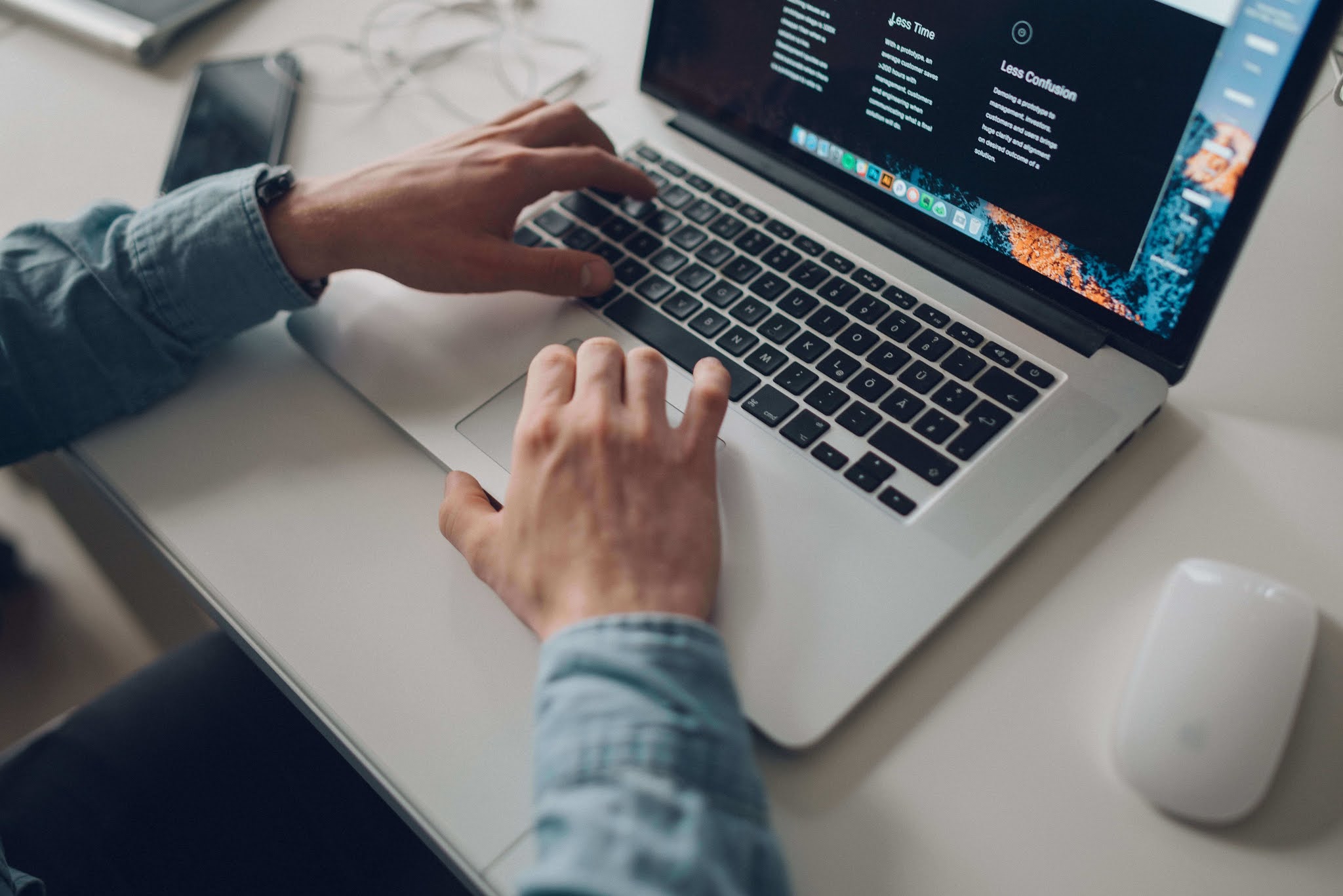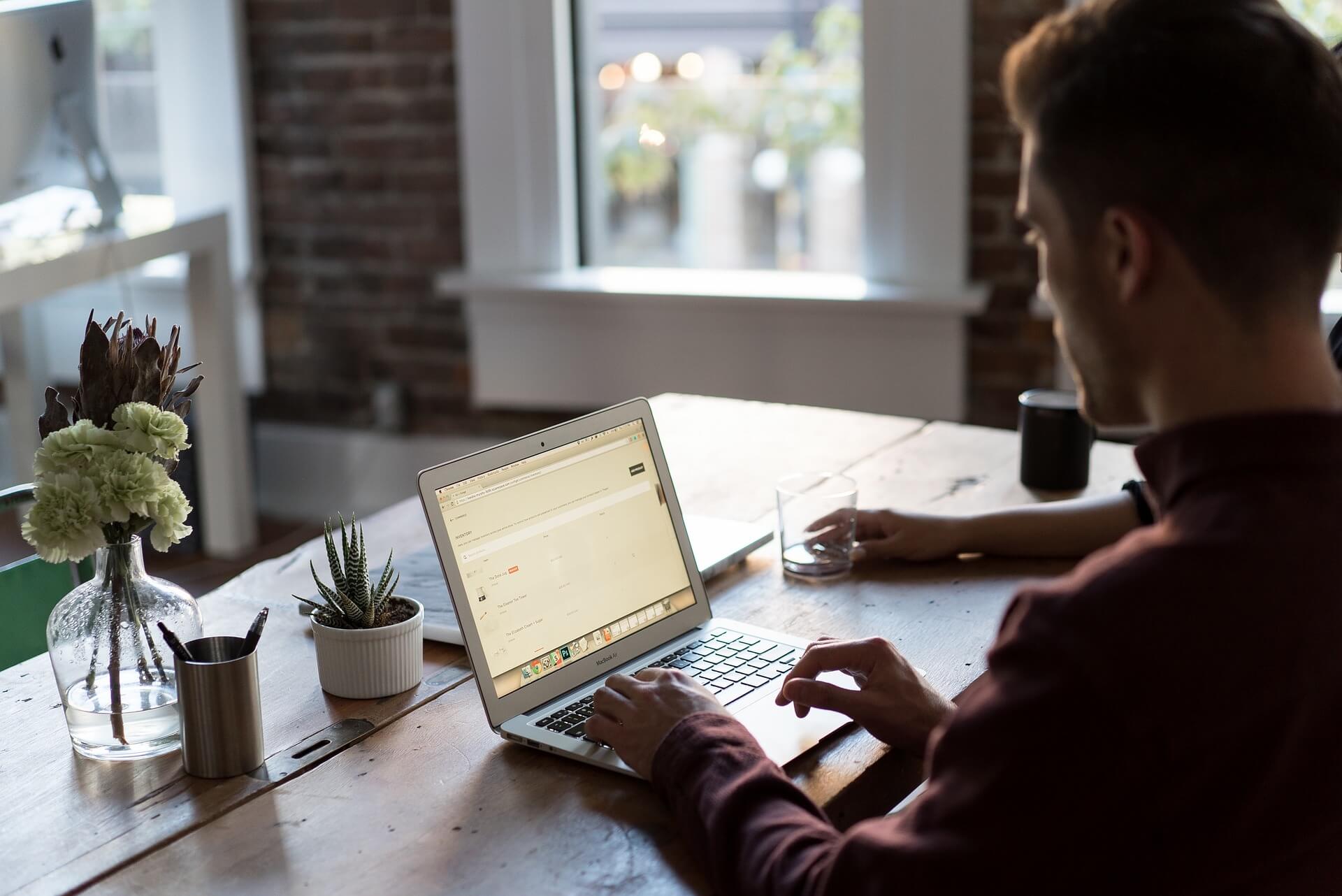In this article, we will learn why is my computer so slow. Your computer sure makes life easier, but can you say you pay it back the same way? It turns out, seemingly insignificant things, like keeping the battery in or forgetting to unplug your headphones, can slowly kill your electronic buddy. Don’t worry! I’ll fill you in on the most common mistakes in PC care.
How can I fix a slow computer?
- Connecting the laptop to a power supply the wrong way
- Plugging into the power source without removing the battery from the laptop
- Being impatient as you turn on or restart your PC after it’s shown you the welcome message
- Using a tee and extension cable instead of a power strip
- Putting your system unit too close to the wall
- Not paying enough attention to your software
- Transporting your laptop in sleep or hibernation mode
- Exposing the screen to direct sunlight
- Mangling the cordsWhat do the cables and power cords of your laptop look like
- Keeping your laptop too hot heat is your laptop’s worst enemy
- Using a cheap replacement power supply
- Several apps must be installed and uninstalled
- Cleaning the screen the wrong way
- Keeping too many gadgets plugged in
1. Connecting the laptop to a power supply the wrong way
Connecting the laptop to a power supply the wrong way if you’re like me, you probably think that it doesn’t really matter which end of the charger gets plugged in first. You’re wrong. Never ever plug it into an outlet without first connecting something to the other end. If you do this, the power supply can simply burn out, or, worst-case scenario, you can kill the motherboard. Always start with connecting the laptop to the charger, then the plug to the outlet, and only then turn the laptop on. If you want how to become a computer genius/hacker.
2. Plugging into the power source without removing the battery from the laptop
Plugging into the power source without removing the battery from the laptop If you frequently use your laptop while it’s plugged in, it’s a good idea to take out the battery after you’ve changed it to about 50–60%. If you leave it inside, it will become less productive over time, only reserving enough energy to run for 20 minutes. Now, here comes the surprising part: it’s best to keep that battery in the fridge (not the freezer, but the fridge). To protect it, wrap it in a waterproof package. This way it won’t oxidize and will retain all its properties.
3. Being impatient as you turn on or restart your PC after it’s shown you the welcome message
Being impatient as you turn on or restart your PC after it’s shown you the welcome message, your PC still needs some time to fully turn on. Impatience gives your computer too much pressure it can’t handle, causing the operating system to freeze and the distortion of data. If the computer still works slowly after a few minutes, check the list of startup programs and sort them.
4. Using a tee and extension cable instead of a power strip
Using a tee and extension cable instead of a power strip Power surges or unexpected power supply cuts can lead not only to instant data loss but also to the processor burning. Lightning, which shoots its pulses through cables and even phone wires, can cause power surges. A build-up of static is also a possible risk. To protect yourself and minimize all risks, you must use a power strip instead of the usual tee or extension cord. It will let you turn off the power supply in times of strong current drops. For the same reason, don’t keep your PC constantly plugged in.
5. Putting your system unit too close to the wall
Putting your system unit too close to the wall, furniture, and home decor you have an old-school computer, you must be facing the “where do I put that stack?” question. It’s pretty huge and many people prefer to push it somewhere far away from where it cant be seen. When you do so, you’re forgetting the rule of free access to ventilation. The airflow often gets blocked by a wall, curtains, or other interior items. Remember, your computer needs an effective cooling system. Otherwise, you’re at risk of overheating and interrupting functionality. Make sure that nothing prevents access to air and that the ventilation opening is not blocked. If you want You Don’t Have To Be A Programmer To Fix Computer Errors.
6. Not paying enough attention to your software
Not paying enough attention to your software For the operating system to run smoothly for many years, give it the treatment it deserves. • Keep track of what you’re installing. Avoid unnecessary programs. • Clean the registry often and get rid of temporary files and various duplicates. • If possible, use only original drivers that are fully compatible with your computer. • Regularly scan it for viruses and get rid of suspicious files.
7. Transporting your laptop in sleep or hibernation mode
Transporting your laptop in sleep or hibernation mode Before you put the laptop in its case and go somewhere, make sure that it’s in shutting down mode. Sleep and hibernation are only good when you’re using the gadget at home and don’t like to constantly wait for the system to fully boot (although it’s worth doing it from time to time). Sleep and hibernation modes are not recommended for transporting a laptop because laptops don’t handle active movement well. Only movie characters can use them on the back of a motorcycle while running away from enemies. In real life, it can lead to serious software damage.
Also read: How to protect your computer from hackers and viruses
8. Exposing the screen to direct sunlight
Exposing the screen to direct sunlight one thing that your laptop and computer both have in common is that they hate the Sun. Obviously, it can cause problems with overheating, and its rays can slowly, but surely, kill your display. So if you keep your gadgets close to the window or in direct sunlight, be prepared to say goodbye to a bright and saturated picture in the near future.
9. Mangling the cordsWhat do the cables and power cords of your laptop look like
Mangling the cordsWhat do the cables and power cords of your laptop look like? If they’re all twisted and bent or wrapped around something to keep them bundled, do expect them to serve you a long time. Sharp edges, especially on plastic products, can readily sever cords and cause them to break. Bending has the same effect. So the best you can do is wrap the cord around itself or wrap the power adapter around the cord. And, make sure all cables are attached to the motherboard and don’t hang lose every time you turn the computer off and on.
10. Keeping your laptop too hot heat is your laptop’s worst enemy
Keeping your laptop too hot heat is your laptop’s worst enemy, so keep your gadget cool on a flat and firm surface. If the air vent is located in the lower part of the laptop, just a flat table won’t be enough for support. Get yourself an additional cooling system using a special stand with small built-in fans. This way you’ll extend the lifespan of your laptop and keep it quiet.
11. Using a cheap replacement power supply
Using a cheap replacement power supply When your power supply burns or gets lost, don’t go for a cheaper version or borrow your friend’s old charger to save money. It’s really important that you use an original power supply that’s fully suited to your laptop model! If you ignore this rule, you’ll give your battery and even the motherboard a really hard time.
12. Several apps must be installed and uninstalled
Several apps must be installed and uninstalled. When you install and uninstall a large number of programs, they take up different places on your hard drive than previously installed programs. This is known as disc fragmentation, and it slows down your software's performance. You can use a disk defragmenter to solve this problem. And, if your disk is full but you don’t think you have too many programs installed, try using some tools that delete rarely used and temporary files.
13. Cleaning the screen the wrong way
Cleaning the screen the wrong way Do you use some liquids to clean your computer screen? Stop it right now! Ammonia-based, alcohol-containing substances can seriously damage the anti-reflective coating of your screen and shorten its lifespan. Using wet wipes, cleaning agents and running water aren’t the best ideas either. The best thing you can do is use microfiber or soft fabrics. If they don’t do the trick, use special wipes for cleaning screens. Choose them depending on the type of screen so you don’t spoil the coating.
Also read: 137 shortcut keys in computer
14. Keeping too many gadgets plugged in
Keeping
too many gadgets plugged in Whenever it’s possible, turn off the sound, keyboard backlight, Bluetooth, and Wi-Fi if you can work offline. It may
appear trivial, but it has an impact on
the battery life of your laptop. Disconnecting the wireless mouse, flash drives, headphones, and external hard drives can also assist. Even
when switched off, they all use energy. Do
you know of any other things that seem harmless but actually damage your PC? Spread
the word in the comments below!
YouTube Video
I hope you understand why is my computer so slow. Don't forget to share it with your friends.


